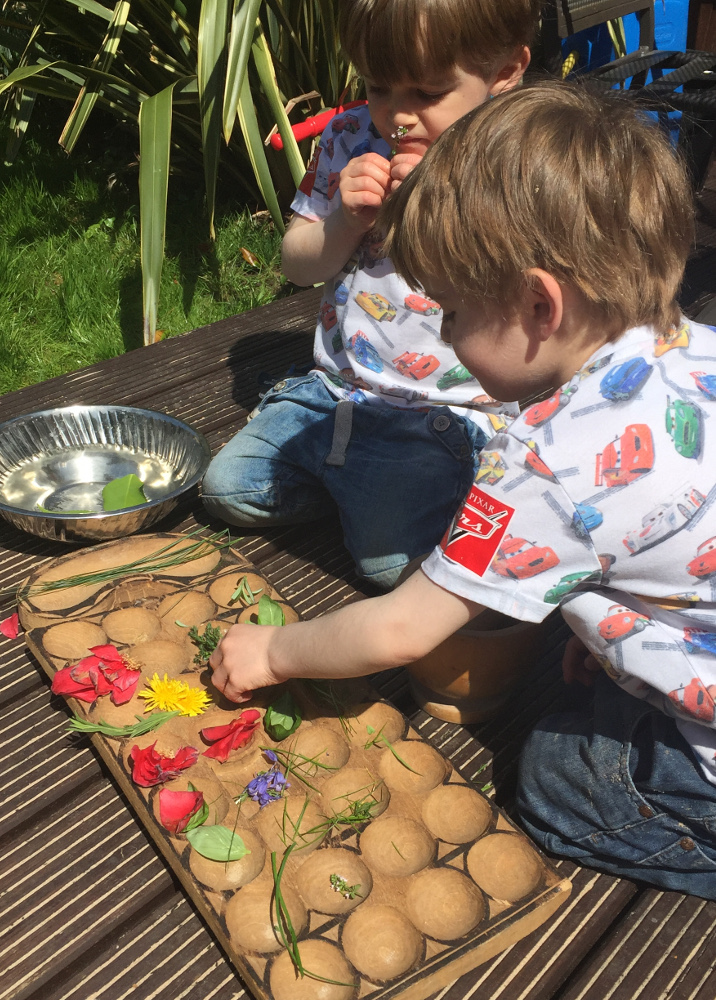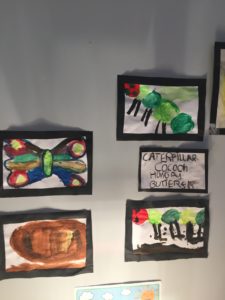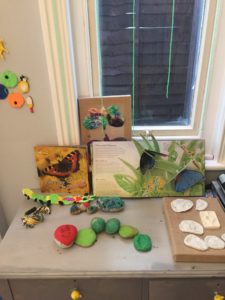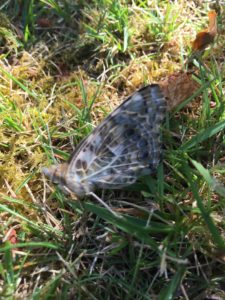 I am inspired by Reggio Emilia. Reggio Emilia is a town in Northern Italy which developed a unique and innovative philosophy of early year’s education.
I am inspired by Reggio Emilia. Reggio Emilia is a town in Northern Italy which developed a unique and innovative philosophy of early year’s education.
The philosophy believes that children are competent, full of wonder, curiosity, surprise and potential. Reggio Emilia teachers do not envisage children to be empty vessels waiting to be filled with knowledge by knowledgeable adults. In fact, the adults believe they are continually learning from the children, through careful observation, which allows constant reflection to ensure each unique child’s interests are explored and fulfilled within a meaningful environment to promote powerful learning.
My role as an early years practitioner is to provide care and teaching within a stimulating ‘child-led play’ environment which sparks individual creativity. Children can interact and learn using their own passions and dominant play styles within a warm, meaningful and natural space that is well planned out, ever evolving and stimulating.
Babies, toddlers and pre-school children are offered opportunities daily to explore and discover many different types of natural materials and messy play suitable for their age range.
Children can select boxes or tubes of different shapes from the recycling junk modelling area to extend possibilities for construction and arts indoors and out.
At my setting, I use child safe and friendly acrylic mirrors to add an extra dimension to play. This helps babies and pre-schoolers to explore the wonder of colours, shades, light and reflection. I have a light panel table to explore colours and dark den materials, to include torches, sensory balls and a LED rainbow lamp. I also have an overhead projector which helps children discover the magic of light and shadow as images and silhouettes are projected onto the wall or ceiling.
Each child has their own learning journey and the Early Years Foundation Stage curriculum is used for children 0-5 years old.
Wildlife, such as butterflies, ants and spiders are appreciated whilst respected in their natural habitat. I visit local play parks and gardens.
Children have their own plants to nurture from seed to indoor seedling to outdoor flower which they replant, water and watch grow.
Our forthcoming wildlife project is to watch caterpillars grow with our own butterfly habitat and become chrysalides, watching the moment of emergence and observation of the butterflies before we set them free. Butterfly book sharing and art work around butterflies will continue throughout the process to really bring learning to life.


